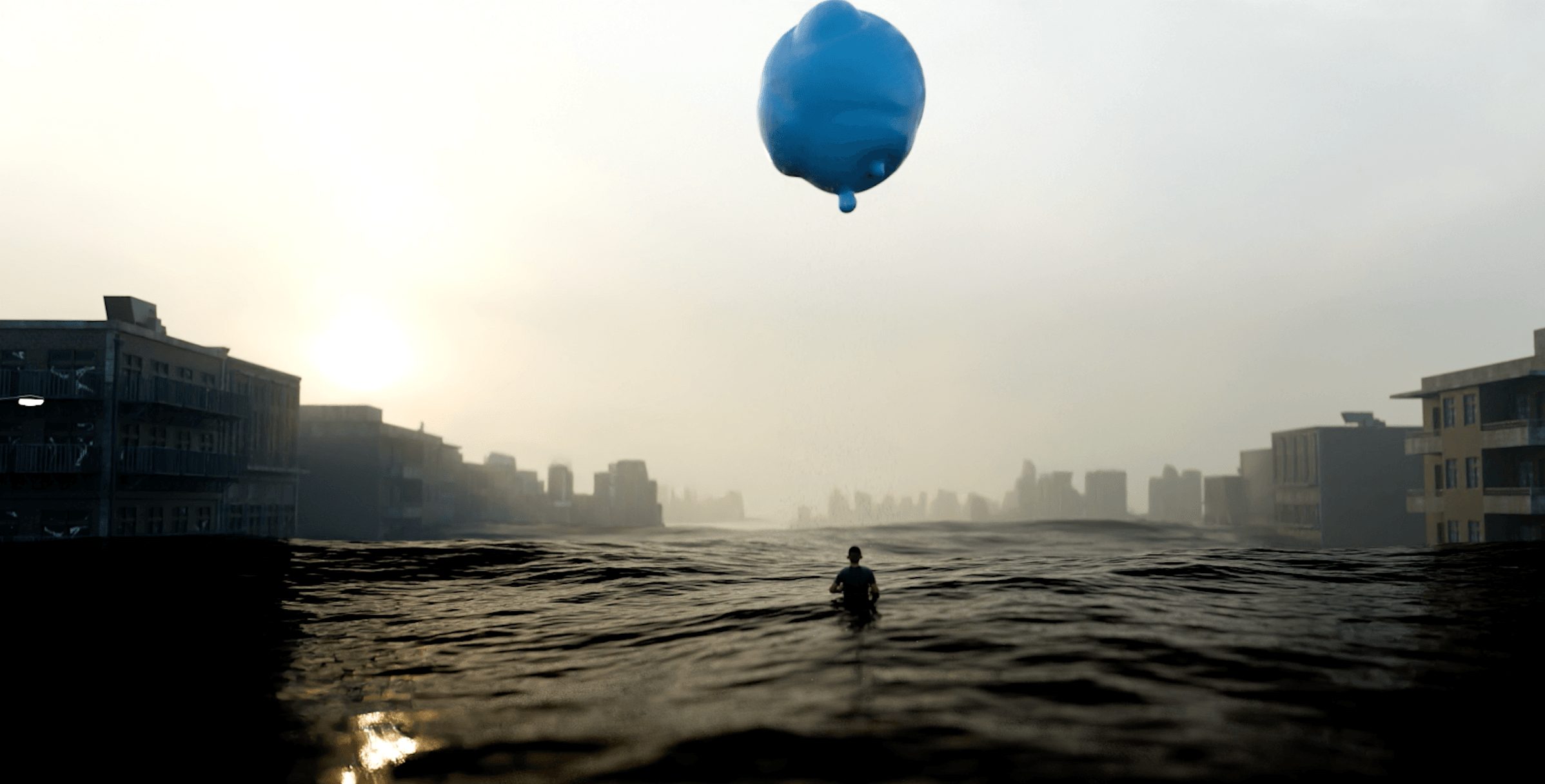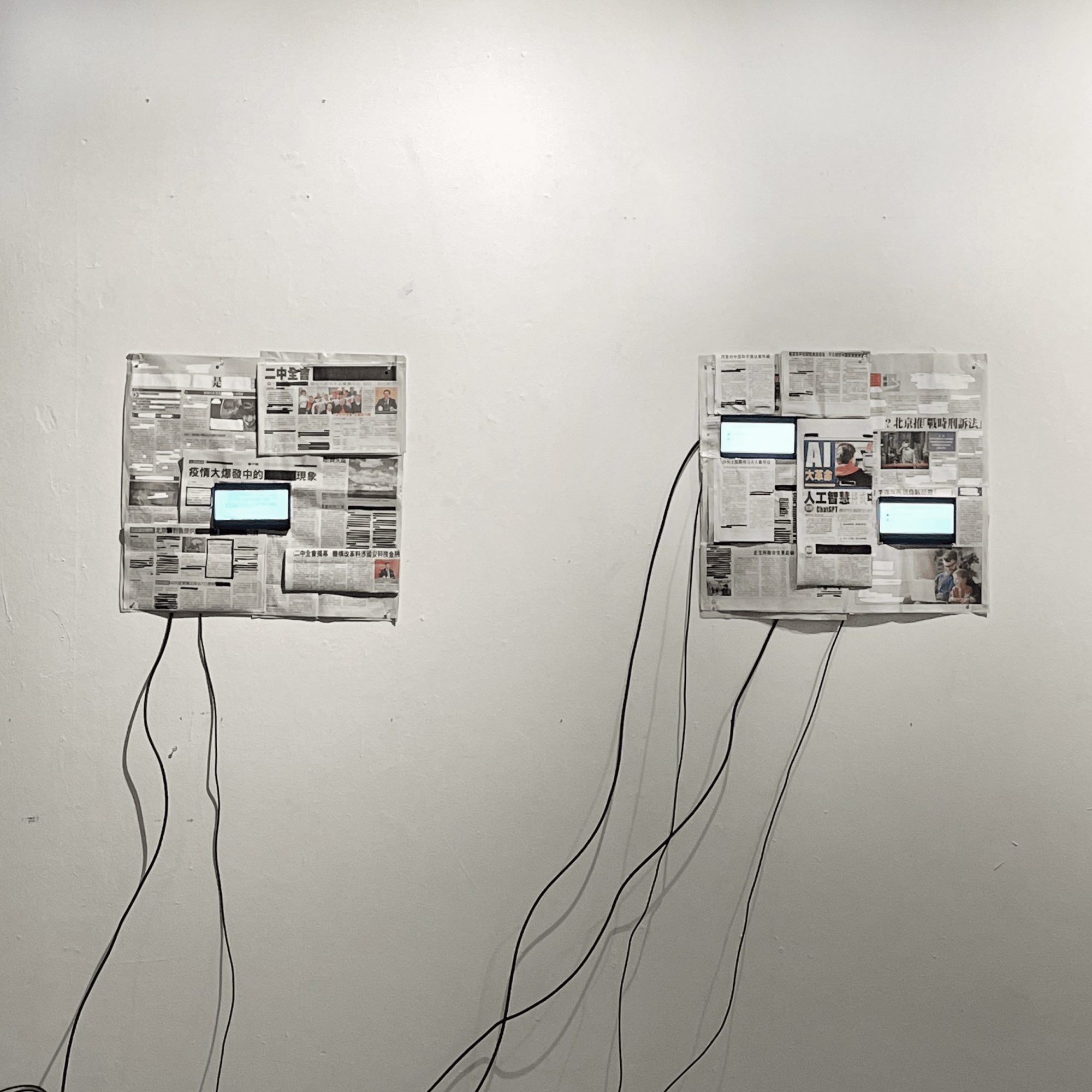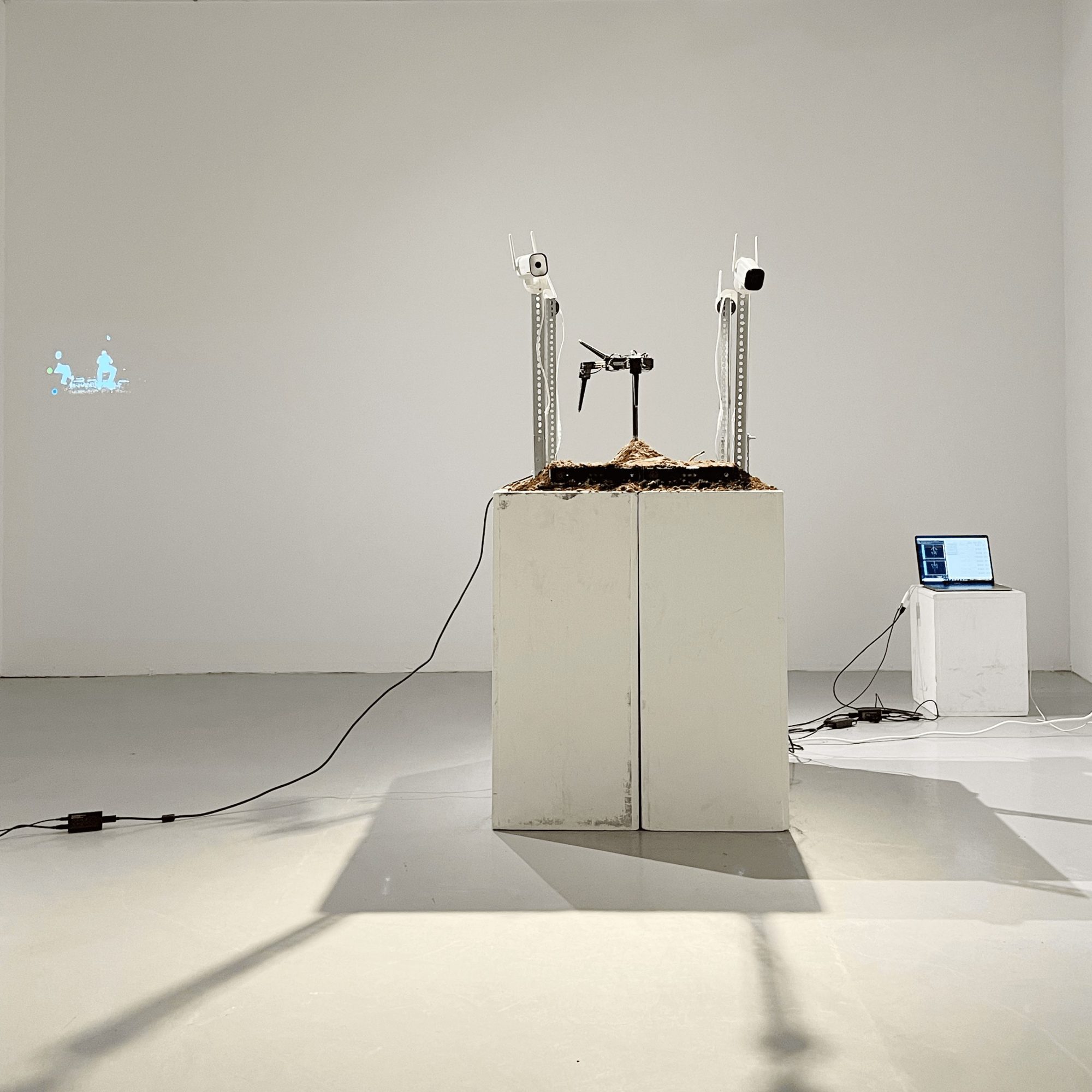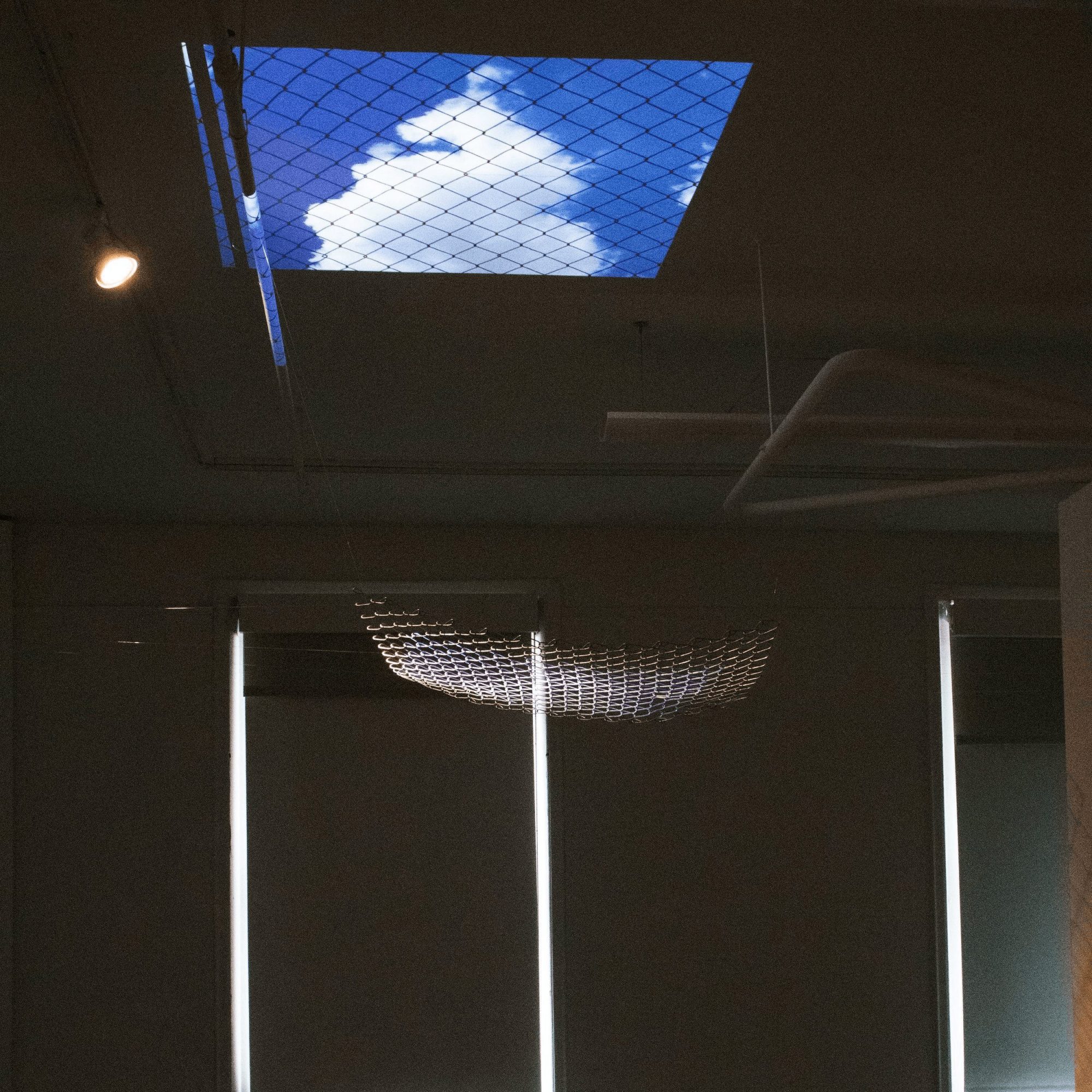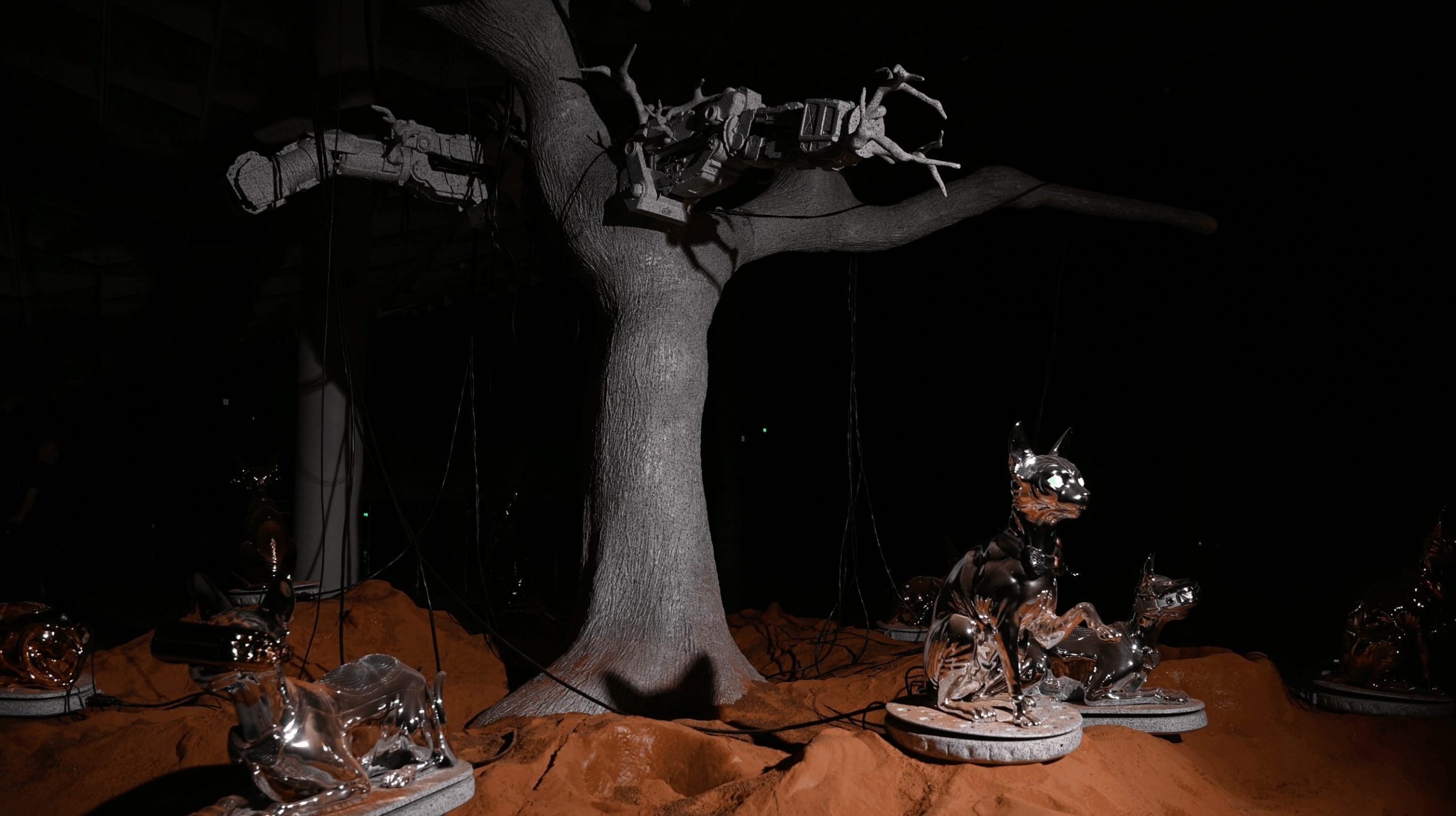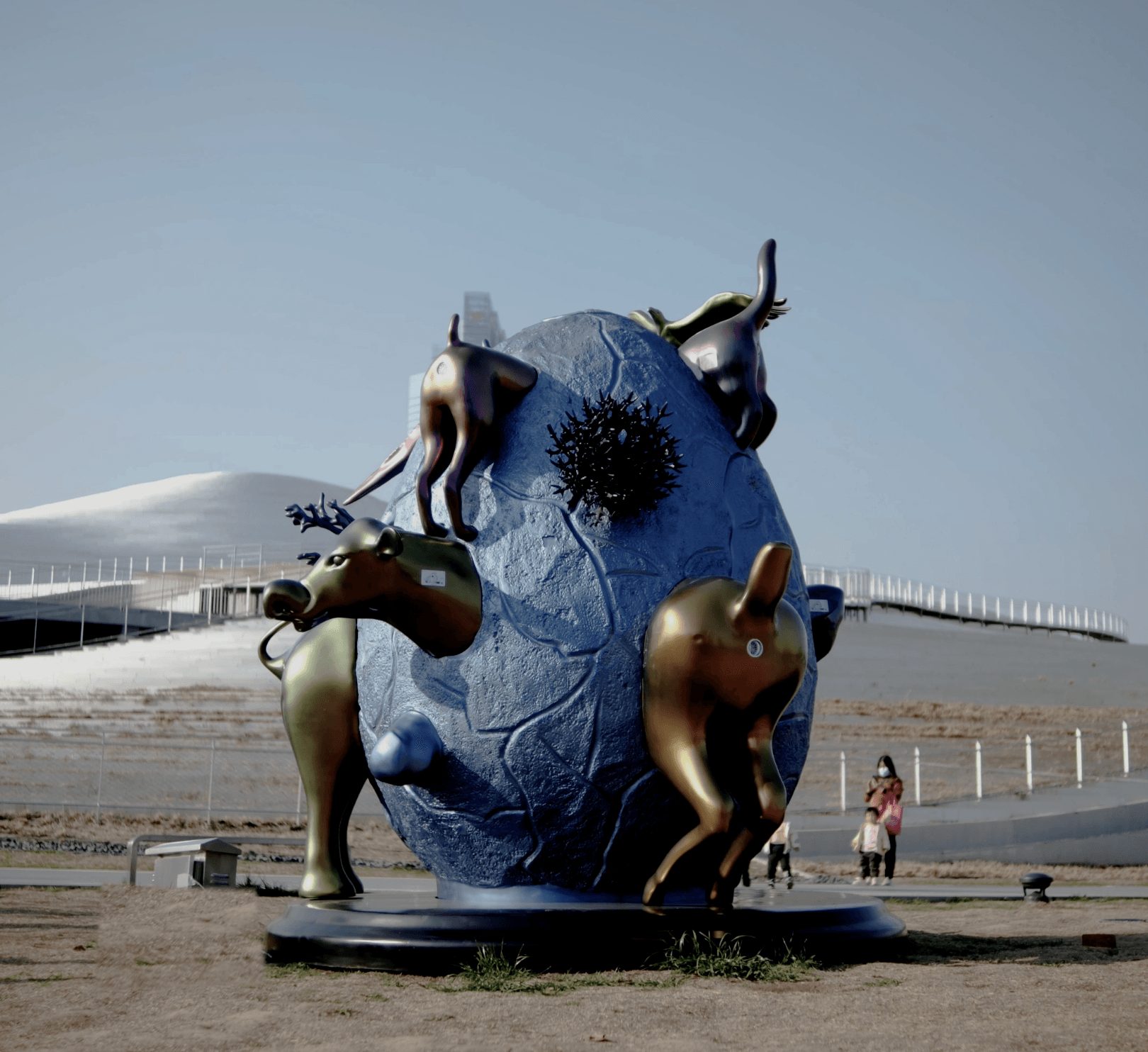

Today we’d like to introduce you to Tairan Hao
Alright, so thank you so much for sharing your story and insight with our readers. To kick things off, can you tell us a bit about how you got started?
I am Tairan Hao, a multidisciplinary artist, and my journey in the art world has been influenced heavily by playing video games when I was young, shaping the relationships between virtual and real worlds, particularly the integration of video game elements with real-world technology. My artistic philosophy centers on exploring the interplay between personal identity and sociocultural dynamics, especially against the backdrop of technological advancements.
My work spans interactive installations, artificial intelligence, and both software and hardware programming. I create mechanical pieces, sculptures, animations, video works, and more, often incorporating elements from virtual and game worlds. My exhibitions have ranged from solo shows at the Beijing Today Art Museum to group exhibitions at the Qintai Art Museum (Wuhan Biennale), Brooklyn’s Williamsburg Art and Historical Center, and the Charles Addams Gallery at Penn in Philadelphia, and more.
My journey into the world of art began in China, where I was first drawn to traditional painting and sculpture. As a child, I was fascinated by the way artists could capture emotions and narratives through colors and forms. This passion led me to pursue formal education in the arts, earning a Bachelor of Fine Arts from California College of the Arts and later a Master of Fine Arts from the University of Pennsylvania. During my studies, I became captivated by the potential of technology to extend the boundaries of traditional art. I started experimenting with digital tools, blending them with classical techniques to create something entirely new. This exploration evolved into a focus on new media art, where I integrate software, hardware, and interactive elements to make art that not only engages but also interacts with its audience. My commitment to this hybrid form of art has opened opportunities to exhibit in venues worldwide and to collaborate with tech companies and art institutions. Today, I run my own studio, where I continue to push the limits of art and technology, creating works that challenge and expand the viewer’s experience of what art can be.
Alright, so let’s dig a little deeper into the story – has it been an easy path overall and if not, what were the challenges you’ve had to overcome?
It has certainly not been a smooth road; the journey has been filled with its share of challenges. Early on, one of the main struggles I faced was merging technology with traditional art forms. The technical aspects of programming and integrating advanced technologies into my art required not only learning new skills but also innovating ways to make them resonate artistically with audiences. Financial constraints were another significant hurdle, as new media projects often require substantial funding for equipment and materials that aren’t typically used in conventional art forms. Another ongoing challenge has been the public’s reception of new media art. It often pushes the boundaries of traditional art, leading to mixed responses from viewers and critics alike. Each piece not only demands creation but also critical thinking, as part of its viewing—explaining the technology and concept behind it can be as challenging as part of the artistic creation itself. Despite these obstacles, the drive to innovate and push the boundaries of what art can be continues to fuel my work, making each project not just a piece of art but a learning experience and an opportunity to grow.
Appreciate you sharing that. What else should we know about what you do?
As a multidisciplinary artist specializing in new media art, I blend advanced technologies such as artificial intelligence, interactive installations, and digital interfaces with traditional artistic mediums. My work is known for its deep integration of technological innovation with artistic expression, exploring themes like identity, society’s relationship with technology, and the digital versus the physical world. One of my notable projects involved an interactive installation that uses viewers’ movements to generate live, evolving art pieces, reflecting on the transient nature of human interaction and digital footprints. What sets me apart is my commitment to not just using technology as a tool, but as an integral part of the artistic narrative, inviting the audience to become part of the creative process, thereby democratizing art and making it more accessible and engaging for everyone.
The crisis has affected us all in different ways. How has it affected you and any important lessons or epiphanies you can share with us?
During the Covid-19 crisis, one of the most significant lessons I learned was the incredible power of adaptability and the importance of digital connectivity. As an artist who integrates technology into my work, the pandemic emphasized the necessity of embracing digital platforms not just for creation but for sharing and engaging with audiences. With galleries closed and physical exhibitions postponed, I pivoted to virtual exhibitions and digital collaborations, which allowed me to reach a broader audience. This period also highlighted the resilience of the artistic community, inspiring me to explore themes of isolation, connectivity, and the human condition in my work. It reinforced my belief that art is not only about aesthetic experience but also about its ability to offer solace, provoke thought, and foster a sense of community, especially in times of uncertainty and change.
Contact Info:
- Website: https://www.tairanhao.studio/artworks
- Instagram: https://www.instagram.com/tyhao629/
